Imagining an all-aluminium themed iOS 7
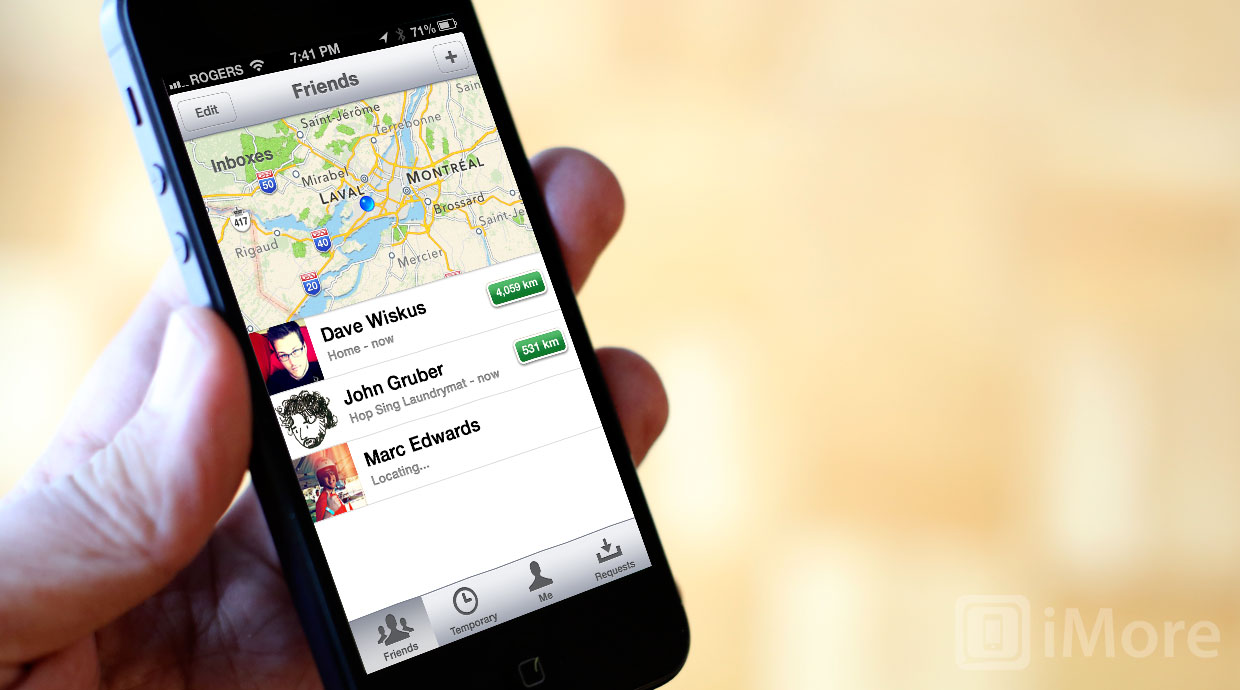
Skeuomorphism -- the use of real world design in a digital context -- has been a target lately. It's also been lumped together with heavy design, elaborate themes, or highly textured skins, to the point of being completely misunderstood. At the extreme, this "skeuomorphic" melange has been held up as an example of iOS being boring, outdated, and bereft of innovation. In more reasonably terms, it's looked at as something that can be useful, but has perhaps been overused.
Personally I think there are far more important things Apple needs to do in iOS 7 than wiping the world clean of textures, gradients, and curves, both, but the argument persists so it's worthwhile giving it some form. but let's imagine for a moment it is on the agenda. That Apple's new head of all design, hardware and software, Jony Ive, was set to impose a new, unified, Aluminium theme. That, just like the Scarlet Witch in House of M, he whispered "No more themes."
Instead of arguing in the abstract about how much better or worse it would be, let's mock it up and see what could that look like...
A unified, aluminium iOS
Back before iOS 6 there were rumors of a complete, consistent re-skinning of the core interface into something more subdued and "silver". That didn't come to pass, though Apple's newest built-in app, Maps, did get a more subdued, more silver make-over, complete with new, floating buttons. Inspired by a discussion with Grant Paul for an upcoming episode of the Debug podcast,
I'm going to use something akin to that as a foundation, with a hint of the WWDC 2012 for the more heavily designed apps. I'm calling it "aluminium" in honor of how Jony Ive (properly) pronounces the word. Here's an example of Find my Friends, iBooks, and Game Center, stripped down and anodized.
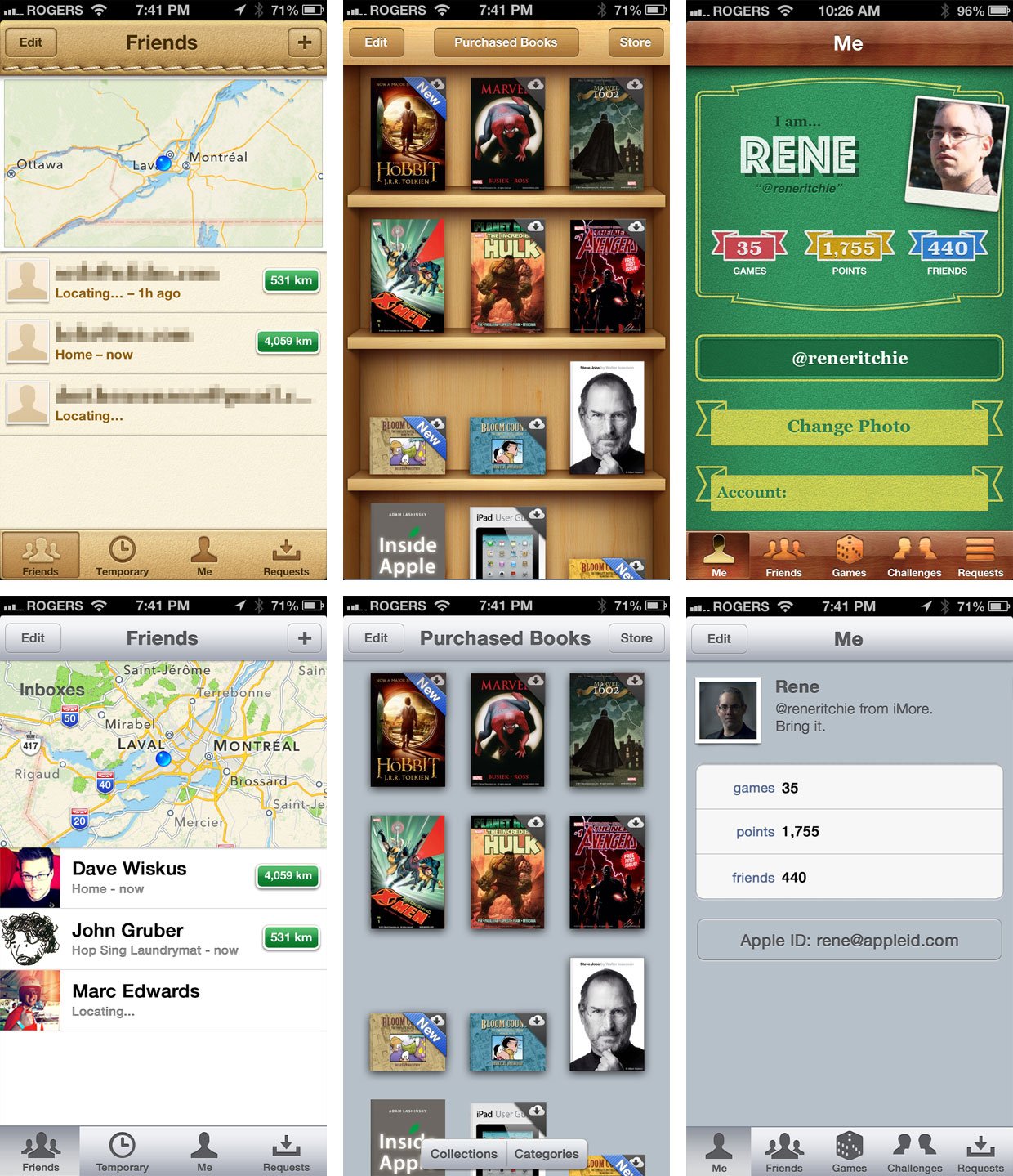
Under the theory that consistency is usability, the more lightly-designed built-in apps could also adopt the same look and feel. Here's an example of Settings, Mail, and Safari.
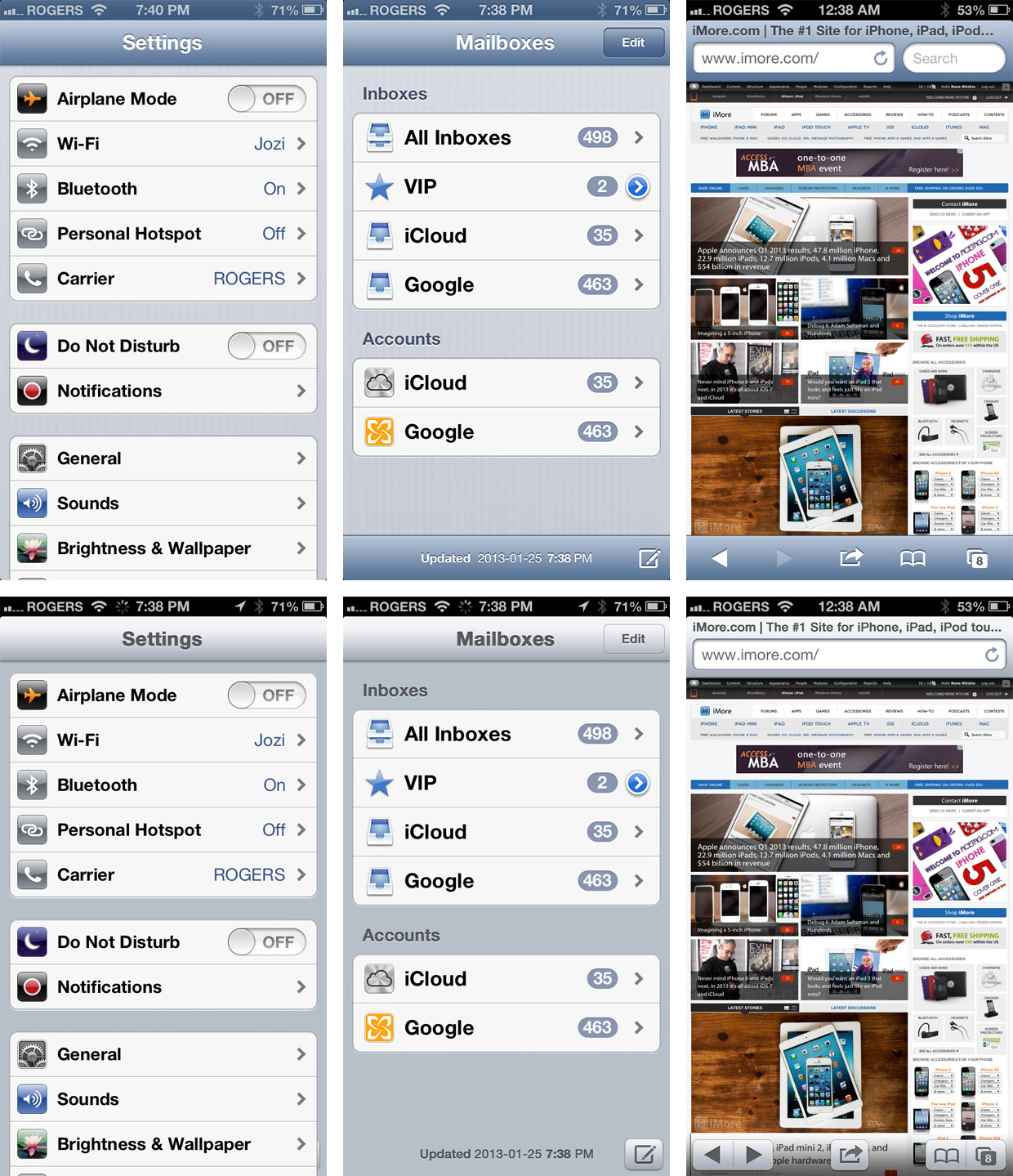
Additional background
A lot has been written about skeuomorphism lately, by a lot of people far more experienced than me. Dave Wiskus, in an article for Macworld, explored the future of Apple design, saying:
iMore offers spot-on advice and guidance from our team of experts, with decades of Apple device experience to lean on. Learn more with iMore!
Steve Jobs very purposefully built Apple to be a skate-to-where-the-puck-is-going company, and while skeuomorphic design has acted as a bridge between the physical world and digital abstractions, it's becoming increasingly obvious that the world is comfortable with digital now. Technology is no longer witchcraft to be feared by the masses. We've grown accustomed to having phones, tablets, and computers around us to do things. With both visual and interaction design, we're nearly past the point of real-world metaphors being useful, and the simplest representation is usually best.
- Listen to Wiskus discuss the future of Apple design on the Iterate podcast
John Gruber of Daring Fireball attributes much of this to the evolution from standard to HiDPI displays like Retina:
The trend away from skeuomorphic special effects in UI design is the beginning of the retina-resolution design era. Our designs no longer need to accommodate for crude pixels. Glossy/glassy surfaces, heavy-handed transparency, glaring drop shadows, embossed text, textured material surfaces — these hallmarks of modern UI graphic design style are (almost) never used in good print graphic design. They're unnecessary in print, and, the higher the quality of the output and more heavy-handed the effect, the sillier such techniques look.
Marc Edwards of Bjango also cites the print world, but mentions the technical limitations of rival platforms as a contributing factor to their simpler design languages:
In interface design, square finished corners are faster, because there's no masking. Not including shadows is faster, because there's less compositing. Drawing a flat colour is faster than drawing a gradient. When you have three or six pixel densities, drawing sharp textures is almost impossible, unless you include bitmap assets for every size you're targeting.
Sebastiaan de With brought up a counterpoint on Twitter:
Very 'flat' UI is a meaningless reactionary design fad vs. overdesigned UI. Good designers aren't limited by style but taste and discretion.
- Listen to de With discuss Find my Friends and stitched leather on the Iterate podcast
I'm still of the opinion that it's less about skeuomorphism or it's opposite, digital authenticity, than it is about usability. In some cases, skeuomorphism helps make things discoverable, approachable, and engaging. In others, it just gets in the way.
Update 1: Developer Craig Hockenberry of the Iconfactory concisely points out the major drawback to uniformity on Twitter:
Look at Rene's mockup for Game Center by itself. Can you tell at a glance which app you're using? "Me", but where? Don't confuse the out-of-control skeuomorphic textures with color cues that give a users context.
Update 2: Designer Louie Mantia of Pacific Helm brings up a couple of excellent points, and throws in a gorgeous mockup, on Twitter:
it's not about "flat" vs. "skeuomorphic," but more about "chrome" or "no chrome". I think that this might be a more interesting discussion to have than making all UI aluminum.
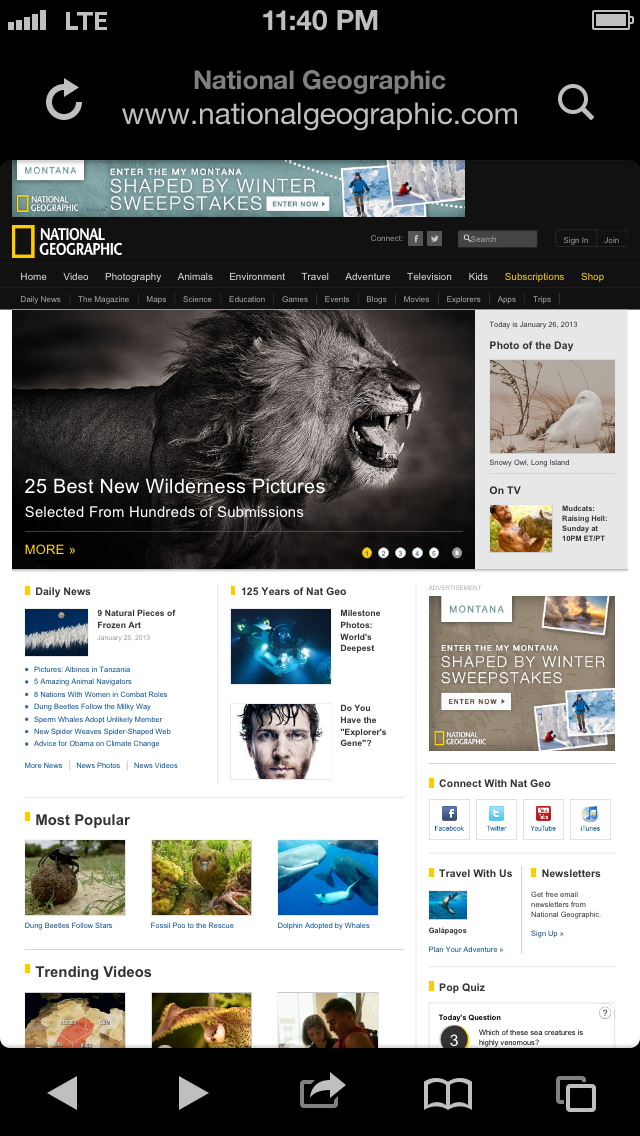
Check out the examples above and let me know what you think. Would a unified skin across all of Apple's apps be more elegant or just more monotonous? Would a face lift make iOS less "boring" or just less interesting?
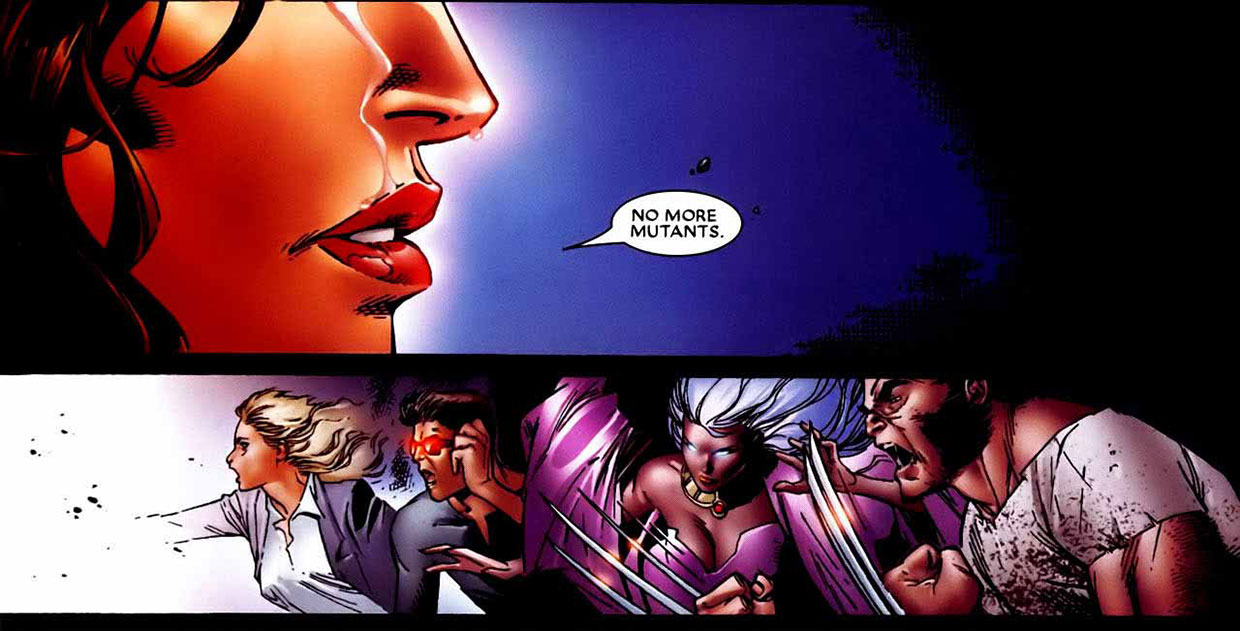

Rene Ritchie is one of the most respected Apple analysts in the business, reaching a combined audience of over 40 million readers a month. His YouTube channel, Vector, has over 90 thousand subscribers and 14 million views and his podcasts, including Debug, have been downloaded over 20 million times. He also regularly co-hosts MacBreak Weekly for the TWiT network and co-hosted CES Live! and Talk Mobile. Based in Montreal, Rene is a former director of product marketing, web developer, and graphic designer. He's authored several books and appeared on numerous television and radio segments to discuss Apple and the technology industry. When not working, he likes to cook, grapple, and spend time with his friends and family.
